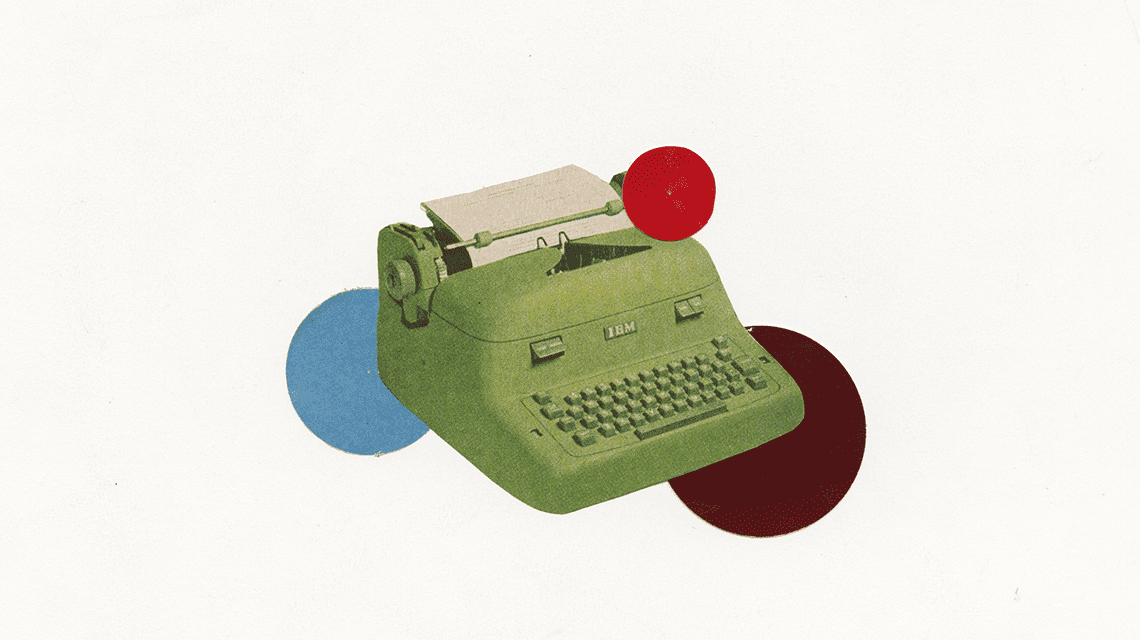
En la columna Registro, Pablo Íñigo Argüelles escribe sobre el mundo que observa, pero sobre todo de fotografía y todo lo que implica.
En la columna Registro, Pablo Íñigo Argüelles escribe sobre el mundo que observa, pero sobre todo de fotografía y todo lo que implica.
Texto de Pablo Íñigo Argüelles 12/02/24

En la columna Registro, Pablo Íñigo Argüelles escribe sobre el mundo que observa, pero sobre todo de fotografía y todo lo que implica.
I see a pair of chairs in a room. They are resting together in a corner. I don’t know if they are empty (is a chair in which no one sits an empty chair?). One of them, the one on the right, is illuminated by a beam of light coming through a window.
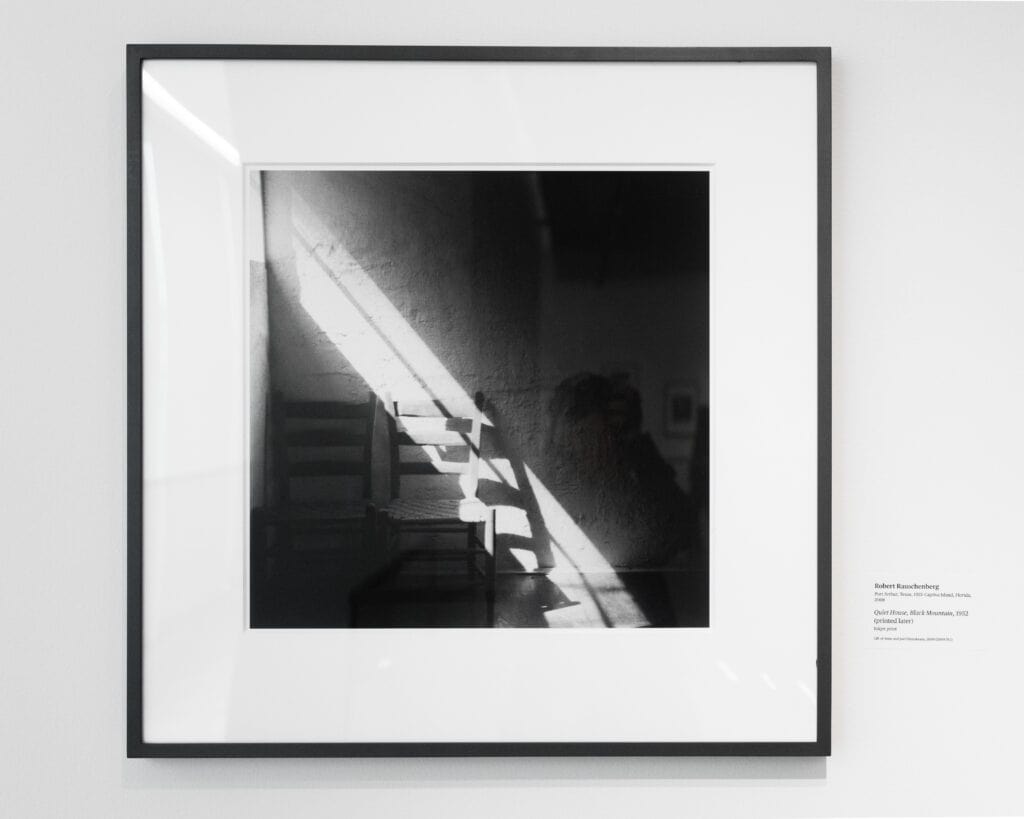
I get close, so close that I can see that Robert Rauschenberg took the photo hand-held, at a speed slow enough to reveal the natural movement of his breathing as he held the camera. For some, a first-time carelessness, for others, the only detail capable of endowing a frame with humanity.
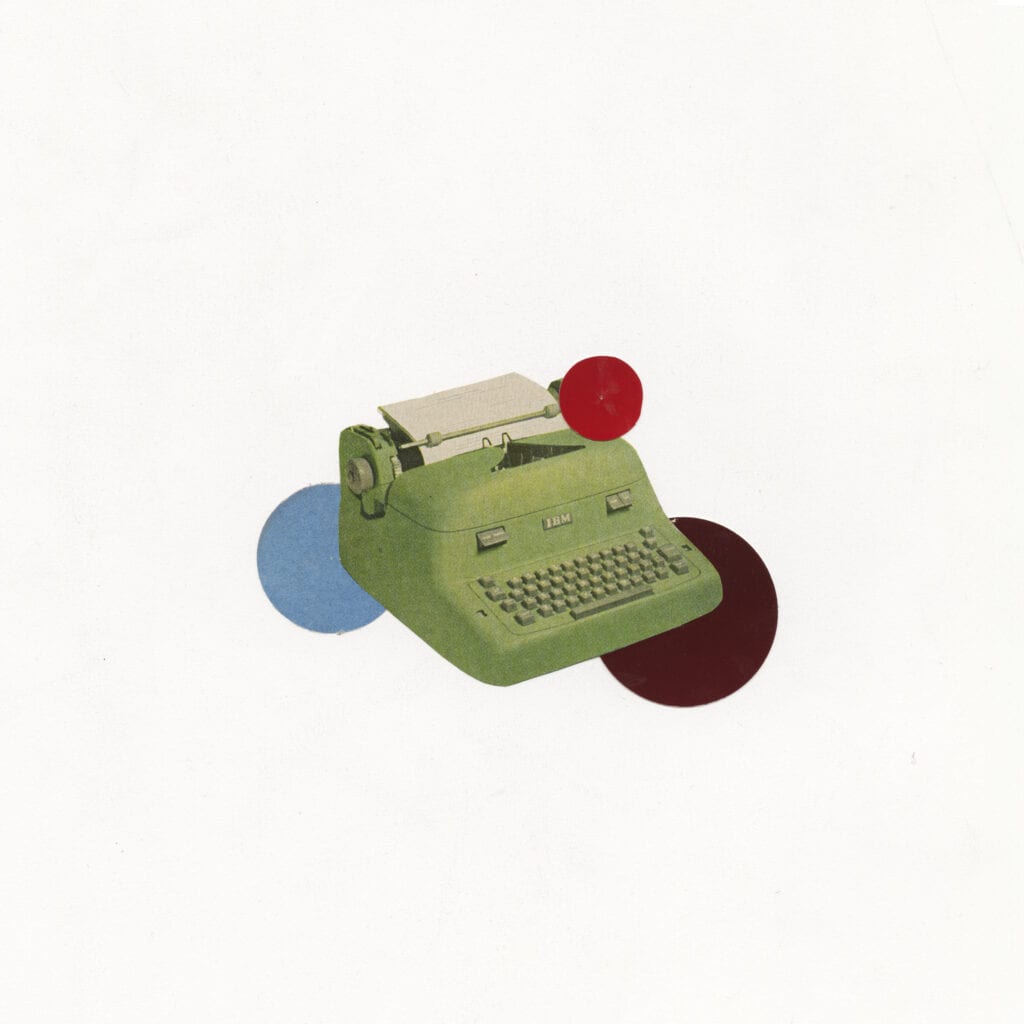
I step back a little to understand his Vermeerian composition and I think that the real purpose of this image is not the chair bathed by a diagonal of sunlight, but the one to his left, in the dark, ignored by the light.
I’m on the second floor of 79 Essex Street, on Manhattan’s Lower East Side, in the museum of the International Center of Photography, and this image, Quiet House, Black Mountain from 1952, taken by Rauschenberg, is one of more than 150 photographs that form the chronological exhibition ICP: at 50, curated by Elisabeth Sherman and celebrating fifty years of existence of one of the most important institutions fully dedicated to photography in the world.
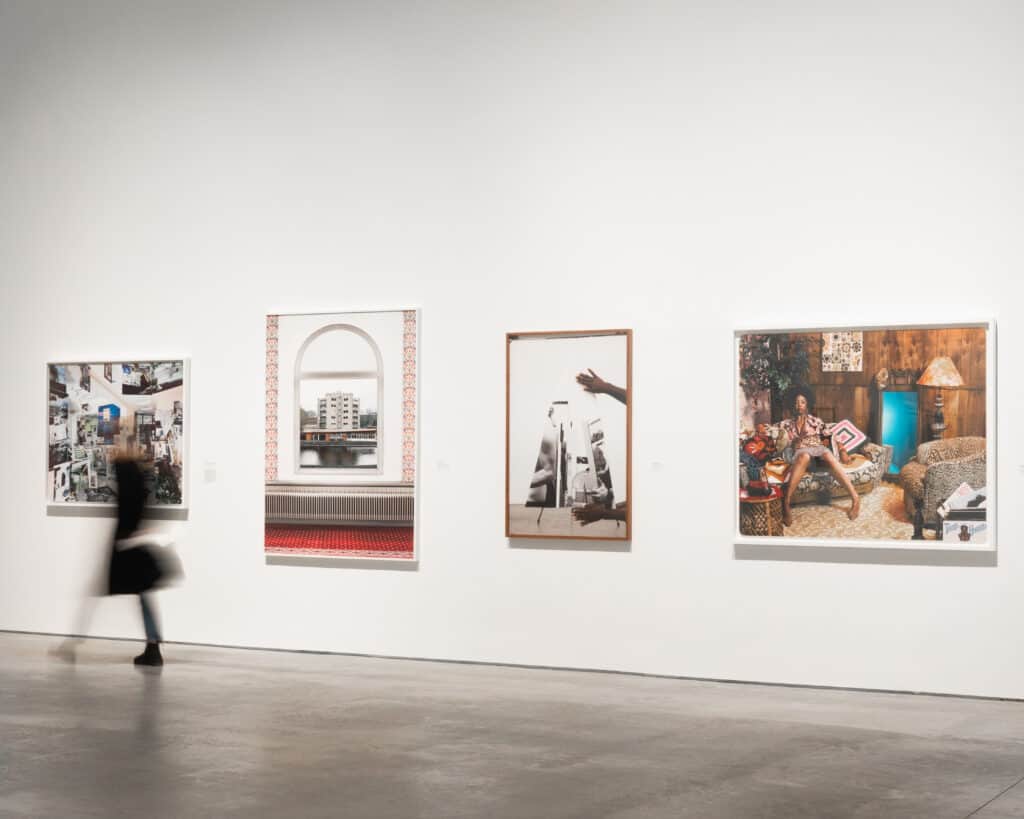
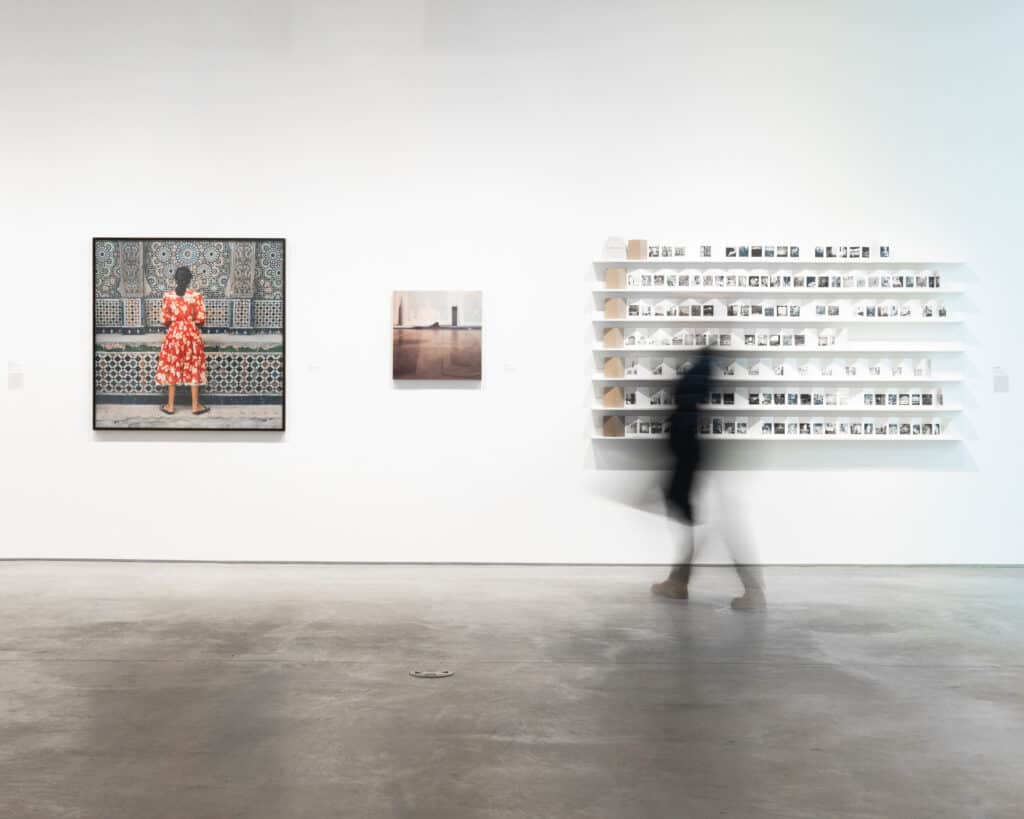
Founded in New York by Cornell Capa in 1974 to be the bastion of ‘concerned photography’, the ICP has offered more than five hundred photographic exhibitions over fifty years, and its walls have seen photographers, teachers, curators, and students from all over the world, many of them Mexican, among them Yvonne Venegas, Graciela Iturbide, Pablo Ortiz Monasterio, and Nacho López.
Just walking through the exhibition, curated from its permanent collection of more than 200,000 archives, prints, and negatives, one can understand the influence that the ICP has had on the photographic world, since, in some way, all the authors have been involved with the center.
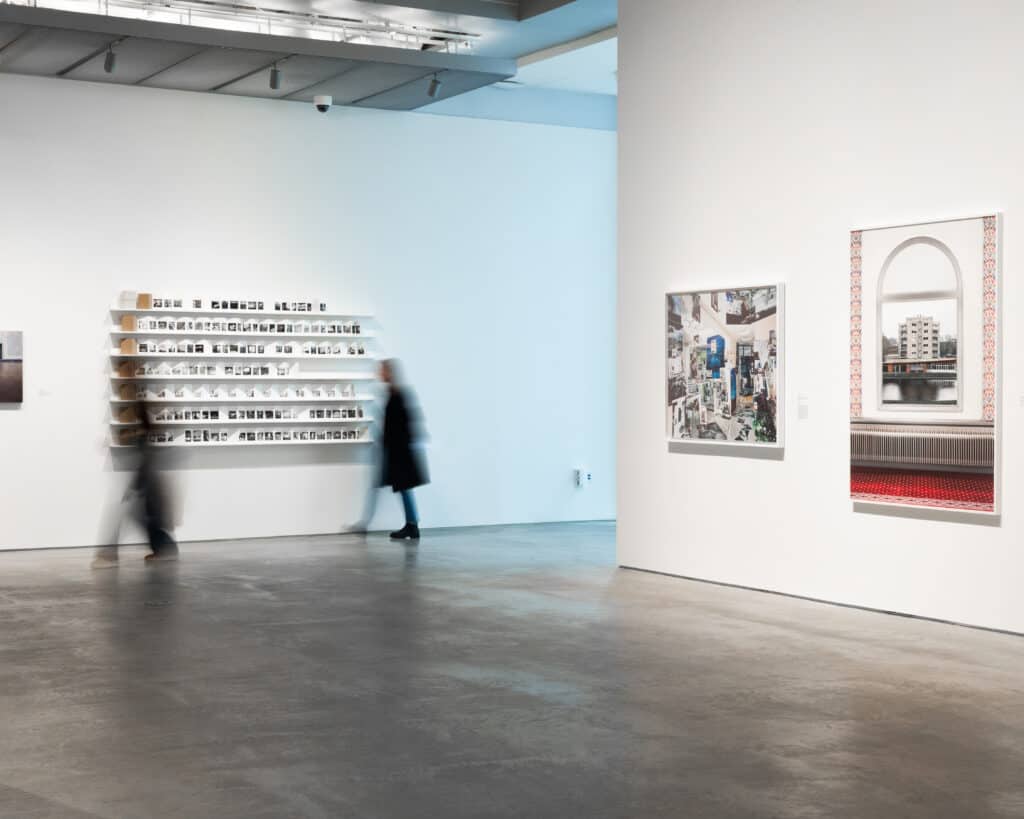
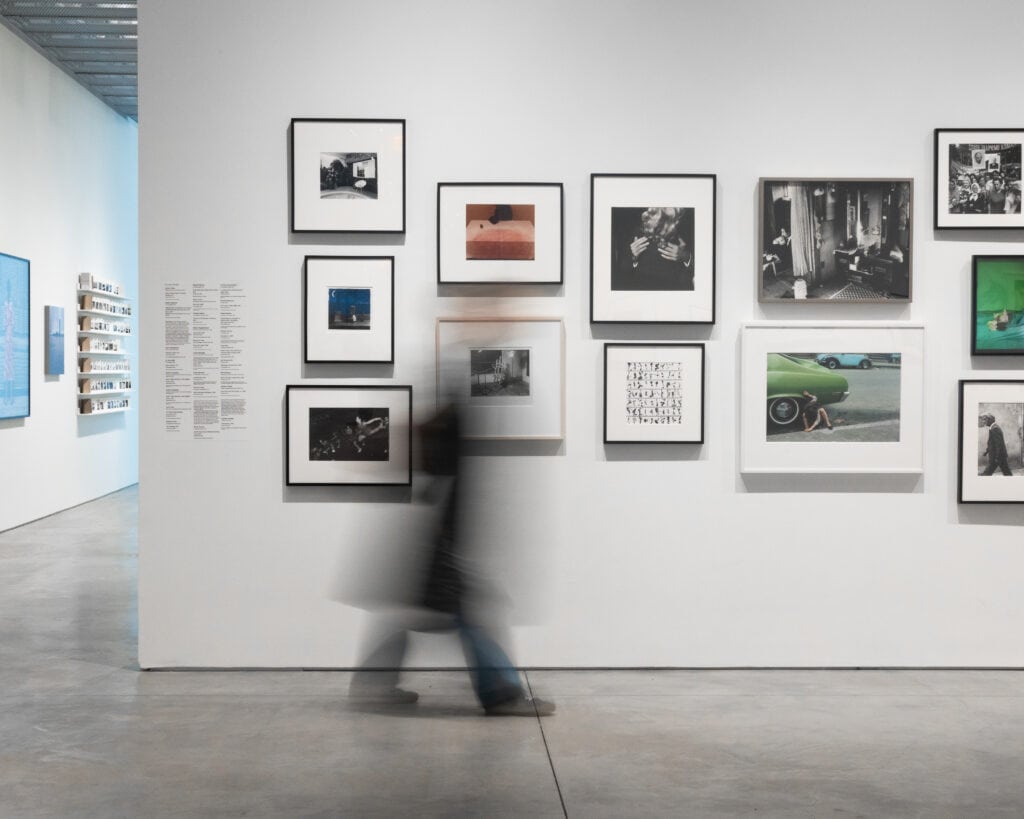
From Mexico’s Manuel Alvarez Bravo, whose La de las Bellas Artes photo hangs inches away from a silver gelatin print by Tina Modotti; or Gerda Taro’s famous militia woman, who is just meters away from one of the few Robert Capa photos that survived D-Day; or the collaboration of Gordon Parks and writer Ralph Ellison, a before and after in the relationship between literature and image, to the icons of popular culture such as Kris Kristofferson and Barbra Streisand photographed by Francesco Scavullo.
Also, the exhibition revisits some key moments in American history, such as John F. Kennedy as seen by Cornell Capa, Martin Luther King as seen by Dan Weiner, and a frame rescued from the ruins of the World Trade Center after September 11, 2001, taken by Bill Biggart, who did not survive the collapse of the towers.
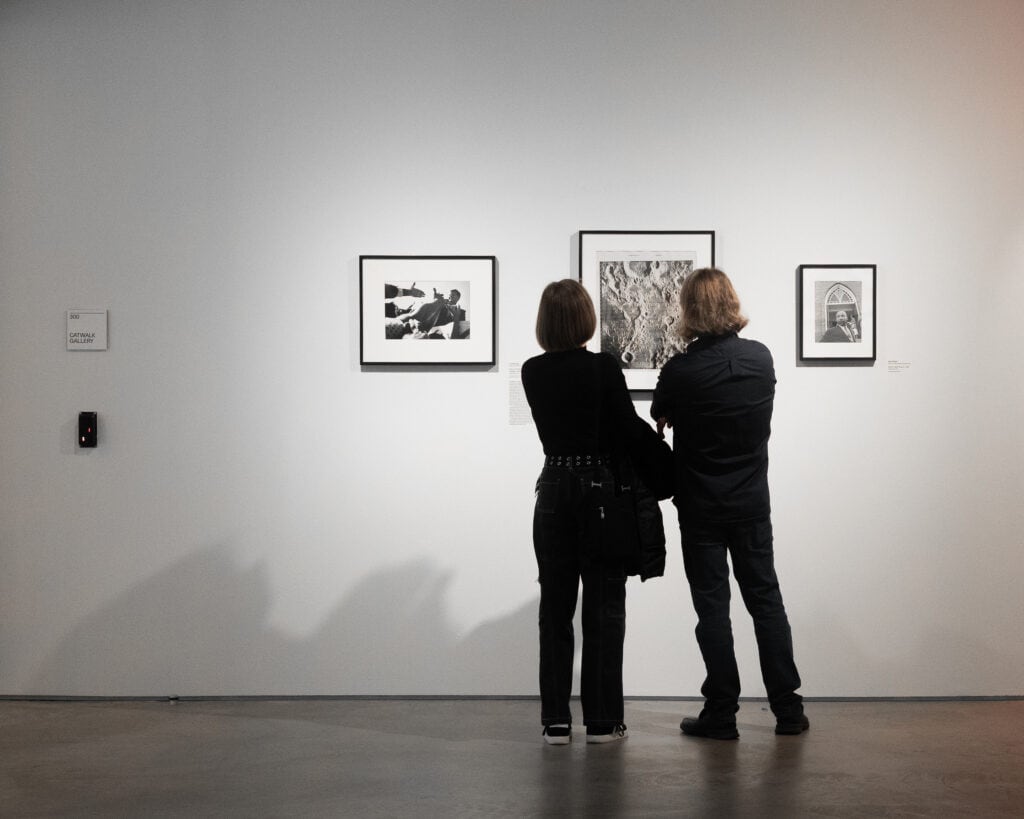
And there, among them all, Rauschenberg’s photo: just a couple of chairs in a room. That photograph keeps in itself the principle of all irony: a ray of light that has traveled kilometers, and that chair, a simple wooden chair that Rauschenberg decided to look at one fine day, is saved by millimeters (or an eternity) from being illuminated.
In that tiny distance of possibility, between light and shadow, perhaps dwells the truly decisive moment of photographic invention. EP